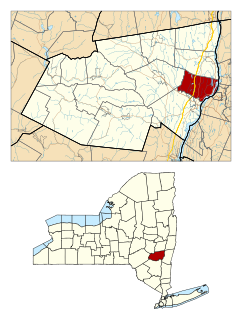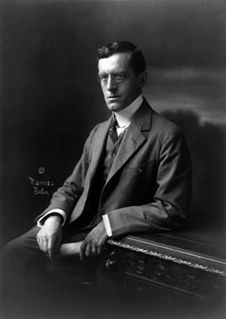
Ralph Adams Cram was a prolific and influential American architect of collegiate and ecclesiastical buildings, often in the Gothic Revival style. Cram & Ferguson and Cram, Goodhue & Ferguson are partnerships in which he worked. Together with an architect and artist, he is honored on December 16 as a feast day in the Episcopal Church of the United States. Cram was a fellow of the American Institute of Architects.

The Nippon Sei Ko Kai, abbreviated as NSKK, or sometimes referred to in English as the Anglican Episcopal Church in Japan, is the national Christian church representing the Province of Japan within the Anglican Communion.

Richard Upjohn was a British-born American architect who emigrated to the United States and became most famous for his Gothic Revival churches. He was partially responsible for launching the movement to such popularity in the United States. Upjohn also did extensive work in and helped to popularize the Italianate style. He was a founder and the first president of the American Institute of Architects. His son, Richard Michell Upjohn, (1828-1903), was also a well-known architect and served as a partner in his continued architectural firm in New York.

Bertram Grosvenor Goodhue was an American architect celebrated for his work in Gothic Revival and Spanish Colonial Revival design. He also designed notable typefaces, including Cheltenham and Merrymount for the Merrymount Press. Later in life, Goodhue freed his architectural style with works like El Fureidis in Montecito, one of the three estates designed by Goodhue.

Rikkyo University, also known as Saint Paul's University, is a private university, in Ikebukuro, Tokyo, Japan.

Henry Vaughan was a prolific and talented church architect who came to America from England to bring the English Gothic style to the American branch of the Anglican Communion. He was an apprentice under George Frederick Bodley and went on to great success popularizing the Gothic Revival style.

Charles Coolidge Haight was an American architect who practiced in New York City. He designed most of the buildings at Columbia College's old campus on Madison Avenue, and designed numerous buildings at Yale University, many of which have survived. He designed the master plan and many of the buildings on the campus of the General Theological Seminary in Chelsea, New York, most of which have survived. Haight's architectural drawings and photographs are held in the Dept. of Drawings and Archives at the Avery Architectural and Fine Arts Library at Columbia University in New York City.

The Episcopal Church in the Philippines (ECP) is a province of the Anglican Communion comprising the country of the Philippines. It was first established by the Episcopal Church of the United States. It was founded in 1901 by American missionaries led by Charles Henry Brent, who served as the first resident bishop. It became an autonomous province of the Anglican Communion on May 1, 1990.
Protestants in Japan constitute a religious minority of about 0.4% of total population or 509,668 people in number.
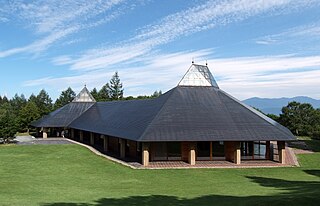
Junzō Yoshimura was a Japanese architect.

Ade Bethune was an American Catholic liturgical artist.

The Right Reverend James DeWolf Perry was an American Episcopal clergyman and prelate. He was the 7th Bishop of Rhode Island (1911-1946) and the 18th Presiding Bishop of the Episcopal Church (1930-1937).
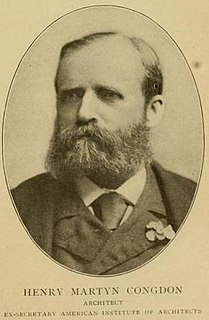
Henry Martyn Congdon (1834–1922) was an American architect and designer. The son of an Episcopal priest who was a founder of the New York Ecclesiological Society, he was born in Brooklyn, New York. In 1854, he graduated from Columbia College, where he was a member of Psi Upsilon.

Henry Beard Delany was the first African-American elected bishop of the Episcopal Church in the United States. The Episcopal Church honors him, along with fellow African American bishop Edward Thomas Demby, who died on the same day in 1957, with a feast day on the liturgical calendar on the anniversary of their deaths, April 14.

Howard Hoppin (1856–1940) was an American architect from Providence, Rhode Island.

Albert W. Fuller (1854-1934) was an American architect practicing in Albany, New York.
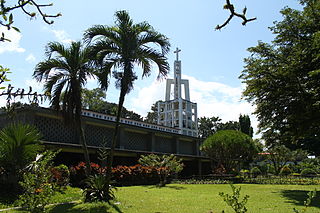
The St. Joseph the Worker Chapel, commonly known as the Angry Christ Church, is a Roman Catholic chapel located inside the Victorias Milling Company residential complex in Victorias City, Negros Occidental, Philippines. It is considered as the first example of modern sacral architecture in the Philippines. It is dedicated to St. Joseph the Worker.
